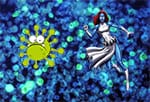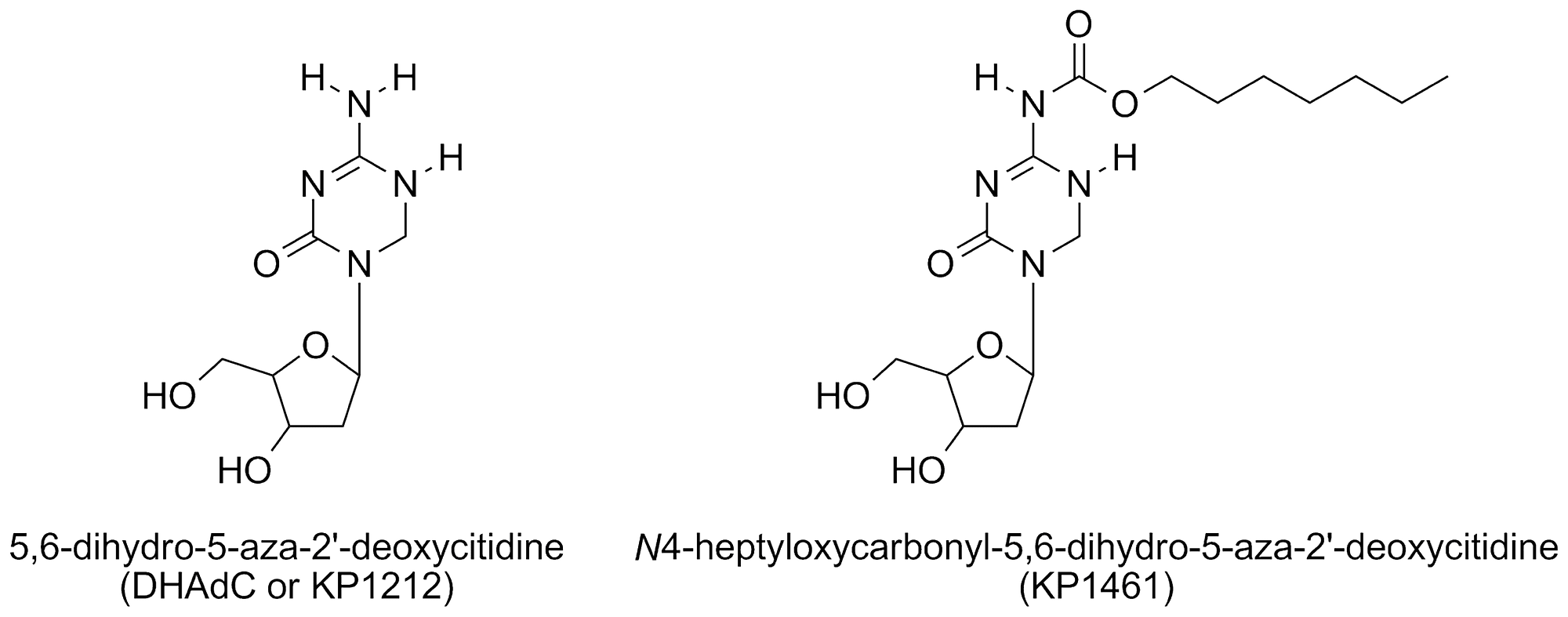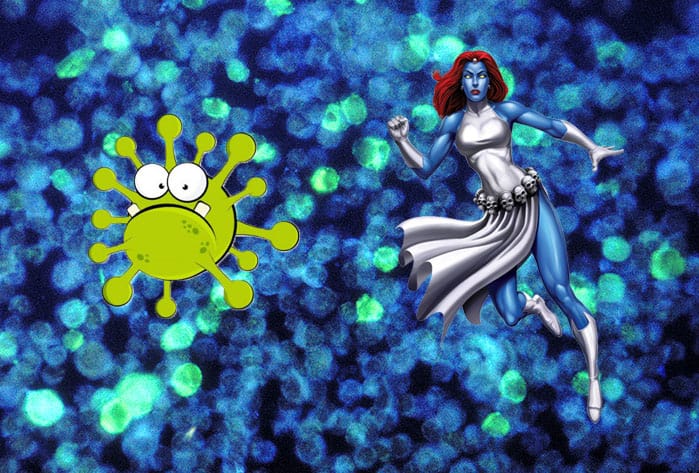2D IR Spectroscopy Shows How Molecule Tricks Viruses to Destroy Themselves

A new discovered molecule with rapid shape shifting abilities has shown potential in destroying highly persistent HIV viruses by turning their greatest strength against them: their ability to rapidly mutate.
In a scenario that sounds straight out of a hollywood spy thriller, researchers at MIT and University of Chicago discovered that the stealth molecule currently known only by KP1212, has the ability to induce rapid genetic mutations in viruses.
Turning Virus’ Strength into its Weakness
One of the biggest factors in the success of virus is it ability to rapidly mutate in order to adapt to environmental pressure and other factors. This factor makes producing anti-viral drugs targeting them impossible, making viruses such as HIV, influenza and Hepatitis C viruses hard to kill. The molecule KP1212 converts this strength into its weakness by triggering excessive mutations in the virus. This rapid replication takes away the ability of the cell to replicate, since it is busy mutating itself to death.
2D IR Spectroscopy
Using the recently discovered Two dimensional infrared spectroscopy, the researchers were able to look at molecules and viruses in aqueous solutions, something which wouldn’t have been possible with other forms of spectroscopy or microscopic techniques, which require dry prepared samples. Read more about two dimensional infrared spectroscopy here.
The stealthy mutagenic molecules used by researchers resemble natural DNA bases and by binding to the host’s DNA and lead to genetic mutations. An earlier research by researchers at Koronis Pharma had found the ability of KP1212 to increase mutation rates. However, the high rates of mutation was left unexplained. 
KP1212 which normally pairs with cytosine, has shown to be able to change shape to bind with adenine. The researchers think that the shape shifting molecule repositions its hydrogen atoms thereby altering its ability to bind with a base pair. The shape shifting is rapid and not in the scope of most commonly or even experimental tools for imaging. However, imaging at 20 billionth of a second made possible by 2D IR spectroscopy allowed researchers to identify the two identities of KP1212.
More Tricks Up in Sleeve
The researchers also found that KP1212 has more tricks up its sleeve when they found out that the molecule could accept an extra proton and become positively charged, giving way to more possible combinations and identities. The rate of mutation in viruses was shown to be higher in acid environment when the molecule is positively charged.
However, KP1212 is no where near real world use, with one of the lead scientists calling it “about 20 percent of the way toward being an ideal therapeutic mutagen.” The researchers are currently adding scaffolds on to KP1212 to increase its ability to attract protons and make it a more potent mutagenic.
Source: University of California ELSEVIER

